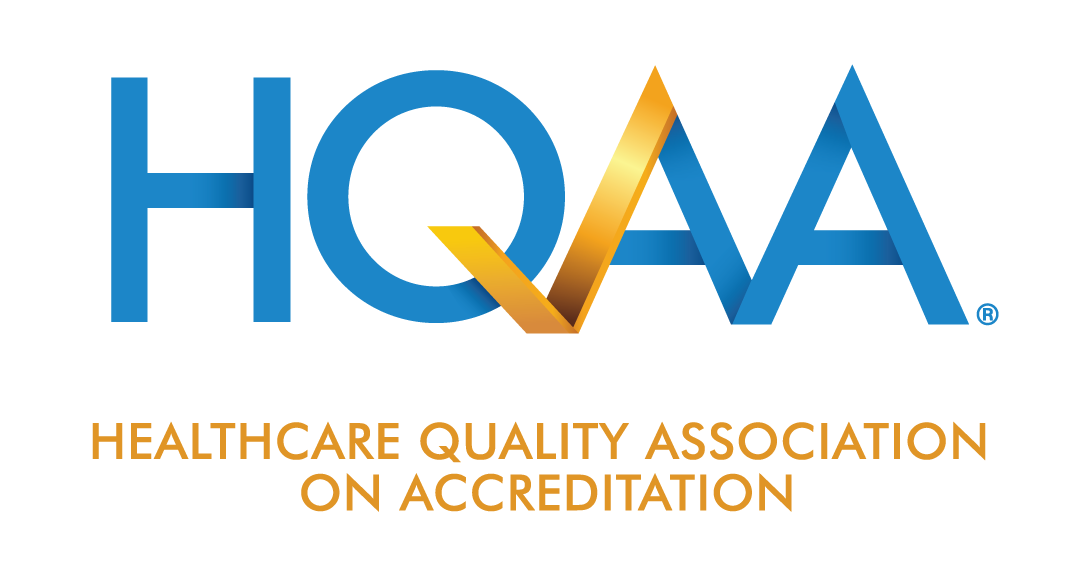
Sentinel – noun – “A soldier or guard whose job is to stand and keep watch”
Sentinel – verb –"To watch over, stand guard, or protect some place, person, or area”
In medical industries, sentinel events are defined as “unanticipated events or occurrences resulting in death or serious injury to a patient; not related to the patient’s illness, but related to the medical equipment, supplies, or care being provided." For the purposes of our discussion here, “adverse events” and “sentinel events” are one in the same.
Healthcare facilities such as hospitals and skilled nursing facilities use the terminology and durable medical equipment providers have adopted the same terminology perhaps in an effort to speak the same language with payers, referral sources, and of course, the regulatory bodies and accrediting agencies. In hospitals, these events include the rather ominous sounding ‘wrong-site surgery,’ including terrible scenarios such as amputation of the wrong limb. They can also include giving a wrong medication if it results in death or serious injury, rape or assault on a patient, and burns from oxygen fires.
In the home care / DME setting, sentinel events are relatively uncommon occurrences, but they do happen from time to time. Well documented examples of DME sentinel events include:
- Ventilator equipment malfunction/failure resulting in death or serious injury
- Oxygen fires resulting from patients smoking or coming in contact with a fire source such as a gas stove, fireplace, or candle
- DME personnel/employees assaulting or abusing customer/patients in the course of their care
- Poorly fit orthotic device or diabetic shoe causing sores that lead to infection which escalates to “serious injury” or amputation
- DME personnel/employees assisting with patient transfer cause or allow the patient to fall, breaking a hip or leg.
These seem like—and are, extreme examples. But sentinel events ARE extreme! Notice that they are caused by the equipment or the staff person. A person dying on a ventilator is not a sentinel event. A person dying because a ventilator stopped working IS.
HQAA has a standard that addresses the responsibilities a DME bear in relation to sentinel events that occur within their organization. The standard is Quality Management (QM) 2.
QM 2, ADVERSE EVENTS reads:
The organization defines, monitors, and provides the appropriate follow-up for all sentinel/adverse events pertaining to its product line(s) or delivery of service. All sentinel/adverse events are reported to the proper regulating body(ies), the organization’s leadership, and accrediting body. The organization’s performance improvement program meets all relative payer requirements regarding monitoring, reporting and follow-up.
The investigation should be initiated within 24 hours after a supplier becomes aware of an injury or incident, or infection resulting in a client’s hospitalization or death. For other occurrences, the supplier shall investigate within 72 hours after being made aware of the incident, infection or injury. The investigation includes all necessary information, pertinent conclusions about what happened, and whether changes in systems or processes are needed. The supplier should consider possible links between the items and services furnished and the adverse event.
So, what is expected of an organization that has a sentinel event? According to the standard QM 2, these are the requirements:
- Have a policy/procedure that defines sentinel events within your organization. The policy should not only define sentinel events, but also speak to how the events and the organization’s follow up are documented. It should also state who within the organization is responsible for the documentation and follow up.
- Log and track sentinel events within your Performance/Quality Improvement Program.
- When an event occurs, investigate per your policy/procedure. The investigation should be initiated within 24 hours of the event (or the organization becoming aware of the event) if the event caused death or hospitalization. For other events, the investigation should be initiated within 72 hours. This investigation is often referred to as “root cause analysis”. You are attempting to understand the reason the event has occurred. The goal is to identify why a sentinel event happened, so that you can change whatever process or action caused it to happen.
- Notify any regulatory agency that is involved. Depending on the nature of the event, this might be the FDA, DOT, local police, and/or state agencies such as your Pharmacy Board or the agency that oversees your organization’s license.
- Notify HQAA (or whatever accreditation agency you use).
Frankly, the QM 2 standard is not cited as a deficiency very often. Sentinel events are not an everyday occurrence and when they occur, organizations typically do a good job of following protocols. Organizations should review their policy on sentinel events with all staff and make sure all personnel understands the definition of a sentinel event and the procedure to follow when and if one occurs. All organizations should discuss and document any sentinel events as part of their performance improvement program; thus, every organization should be talking about sentinel events at least quarterly when the PI committee meets. Even if there are no sentinel events (and generally that will be the case), document that you are tracking them in the PI meeting minutes. Finally, when/if a sentinel event occurs remember to report it to all appropriate regulatory authorities, including HQAA.


